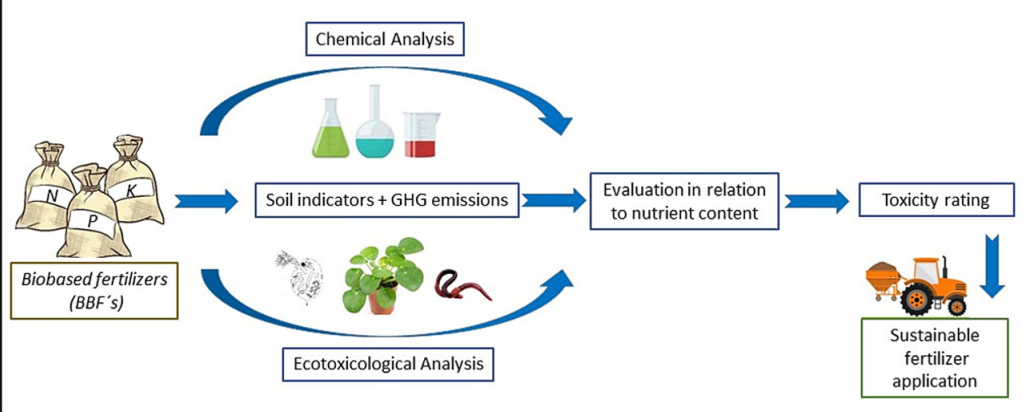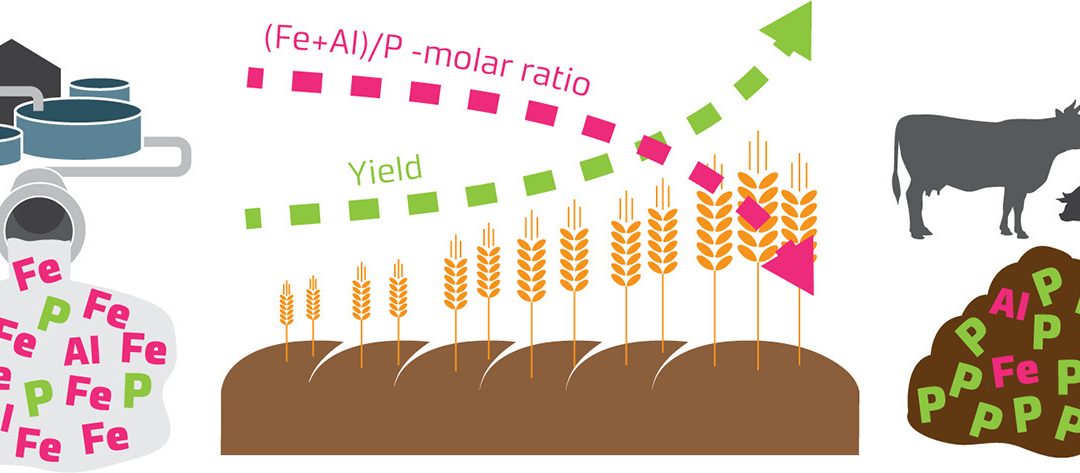
by admin_lex4bio | Oct 5, 2023 | Scientific Publications
Authors: Supta Das, Rick Helmus, Yan Dong, Steven Beijer, Antonia Praetorius, John R. Parsons, Boris Jansen Institute for Biodiversity and Ecosystem Dynamics, University of Amsterdam, Amsterdam, Netherlands; Van ’t Hoff Institute for Molecular Sciences, University of...

by admin_lex4bio | Apr 6, 2023 | Scientific Publications
Authors: Sophia Albert, Elke BloemJulius Kühn-Institut (JKI), Federal Research Centre for Cultivated Plants, Institute for Crop and Soil Sciences, Bundesallee 58, 38116 Braunschweig, Germany A multitude of possible contaminants can be contained in bio-based...

by admin_lex4bio | Jan 23, 2023 | Scientific Publications
Phosphorus (P) is a non-renewable and strategic resource which future scarcity will constraint global food security. Europe is highly dependent on imported P. Circular economy strategies and better allocation of the resource is thus critical for ensuring agriculture...

by admin_lex4bio | Jan 20, 2023 | Scientific Publications
Relative agronomic efficiency (RAE) of phosphorus (P) in nutrient-rich residues with different chemical characteristics must be known in order to optimize their use as fertilizers, to avoid underfertilization of crops or eutrophication of surface waters due...
by admin_lex4bio | Nov 7, 2022 | Scientific Publications
There is a clear and pressing need to better manage our planet’s resources. Phosphorus is a crucial element for life, but the natural phosphorus cycle has been perturbed to such an extent that humanity faces two dovetailing problems: the dwindling supply of...
by admin_lex4bio | Oct 20, 2022 | Scientific Publications
The Baltic Sea is considered the marine water body most severely affected by eutrophication within Europe. Due to its limited water exchange nutrients have a particularly long residence time in the sea. While several studies have analysed the costs of reducing current...





